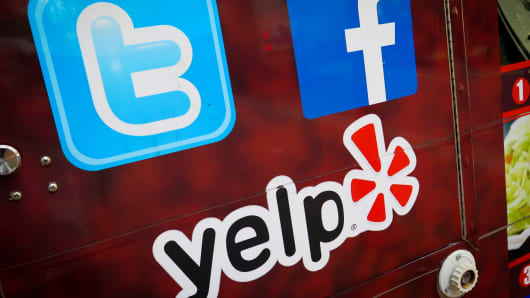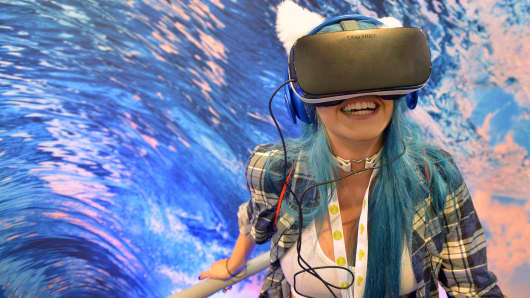Social media continues to serve as an important part of online interactions, but what’s in store for social in 2017?
Education, virtual reality and using social media for customer service are key trends that will develop next year, according to Ryan Holmes, founder and CEO of Hootsuite.
Hootsuite, founded in 2008, helps organizations manage multiple social media accounts and understand the return they are making on their investments in social media.
An important trend is the changing role of social media. Rather than just being a tool for marketing, social media is fulfilling the important task of providing customer service.
“A lot of people started with social, thinking of it as a way to market, but it is so much more than that. It is how people become aware of a product, how they decide on buying a product or service, it’s how they then get supported with the product through chat or going out to Twitter and screaming about a bad experience,” Holmes told CNBC during a phone interview.
“It’s also an opportunity for brands to turn customers into advocates and ambassadors and to really have enthusiastic customers selling on your behalf.”
As a result of this trend, all brands now need to be on social, according to Holmes.
“If they’re not doing social, their competitors will be and their competitors will be eating their lunch.”
Another trend in 2017 is that business will need to fill the social media skills gap, according to Holmes and more education needs to be dedicated to reducing this skills gap. As part of this, Hootsuite runs an academy and student program to help train people up on social media and provide tools and online courses for teachers and students.
“We’re a long-time advocate for education on social. We launched our social program a few years ago, and really that was because we were in such a nascent industry that there was no certification: anybody could get on a soapbox and say they were a social media expert or guru.”
This is important, as social media can help organizations deal with a PR catastrophe.
“If you have some huge PR incident that you need to address the conversation is going to go to social. If that happens and you have no muscle built up and no organizational expertise around social, you’re going to be in a very difficult position to manage that.”
Currently, Facebook and Twitter are clearly the dominant social media platforms, but Holmes sees this changing in the next few years.
“Every few years there’s a new social network that crops up. Snapchat is obviously getting a lot of mind share right now. Do I believe there will be other incarnations? Absolutely,” he said.
“There are a couple of massive waves that are really going to create opportunity, such as (artificial intelligence, augmented reality and virtual reality). Will the next social network be on AR and VR? I think it’s highly likely that some very clever incarnation of a social network in augmented and virtual reality.”
One such VR-based social platform is myVR, which launched in October. Created by the San Francisco company myWebRoom, users get to design a virtual room which serves as their profile. Objects in the room allow the user to access content feeds: selecting a television will lead them to viral videos, for instance.
“The current virtual reality market is focused heavily on games and 360 degree videos, so the majority of people who are using VR right now are gamers and early adopters,” said Artem Fedyaev, CEO of myWebRoom and creator of myVR, in a press release.
“The goal of myVR is to bring virtual reality to a wider, more mainstream audience that wants a broader range of virtual experiences.”
Follow CNBC International on Twitter and Facebook.
[“source-smallbiztrends”] Techosta Where Tech Starts From
Techosta Where Tech Starts From

